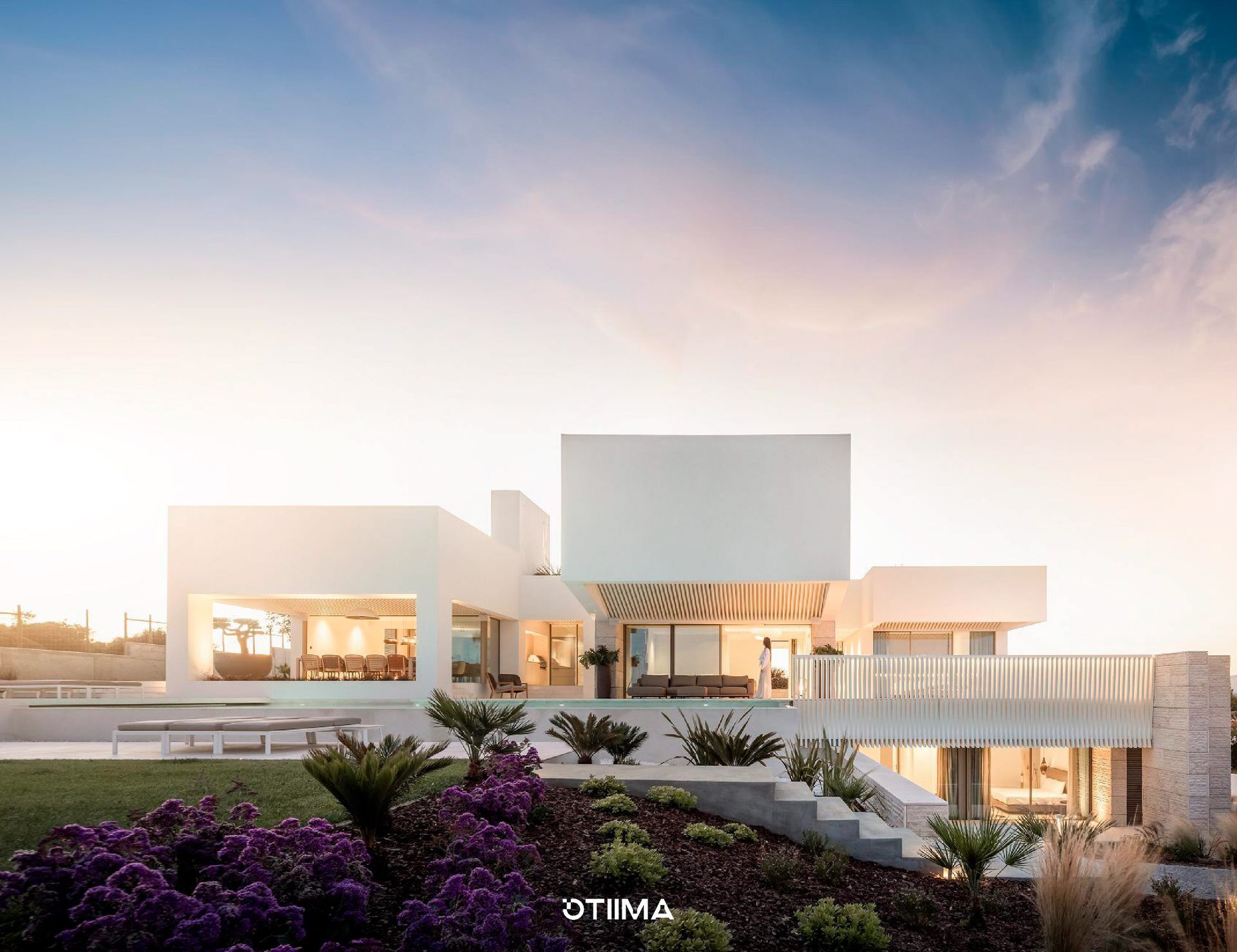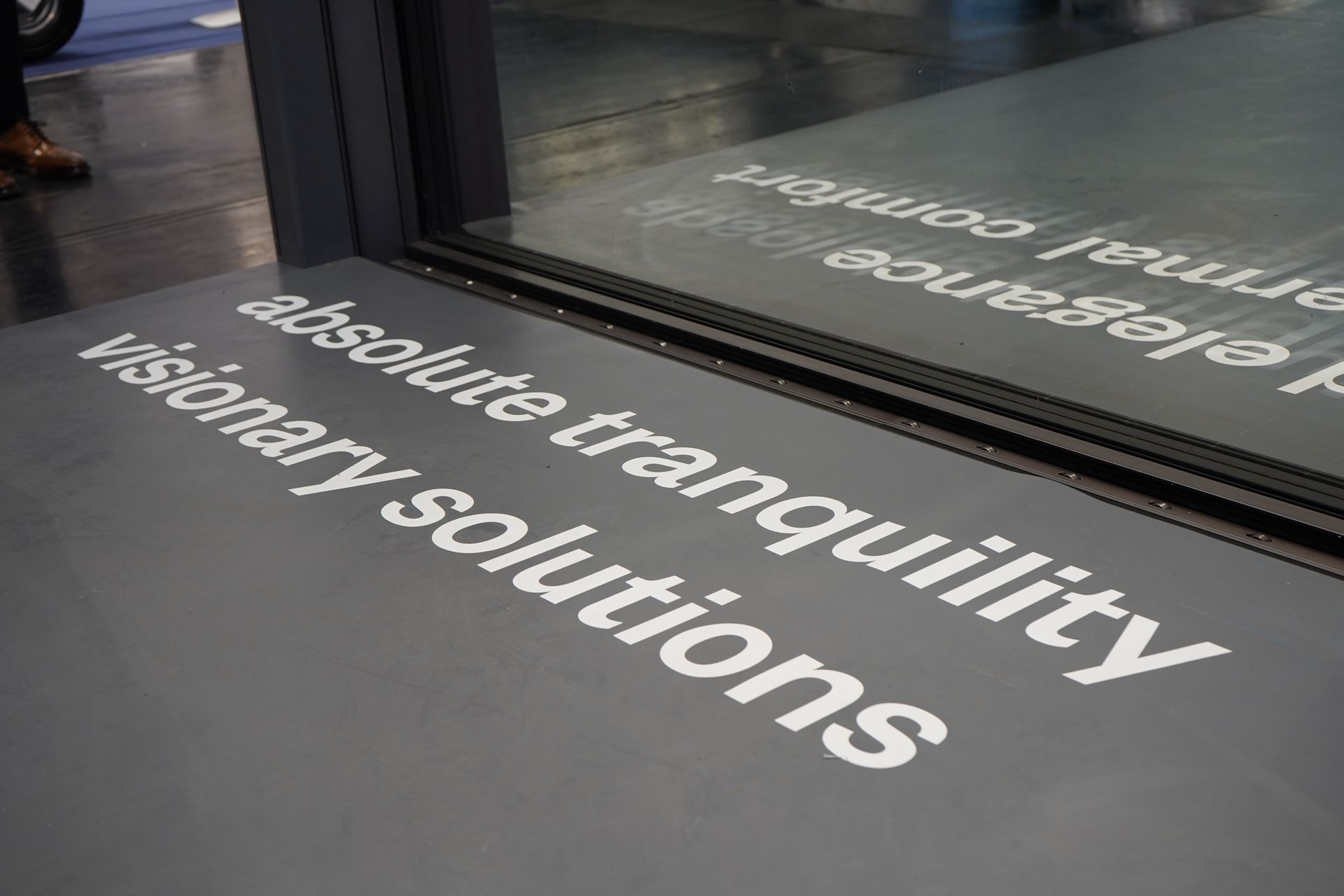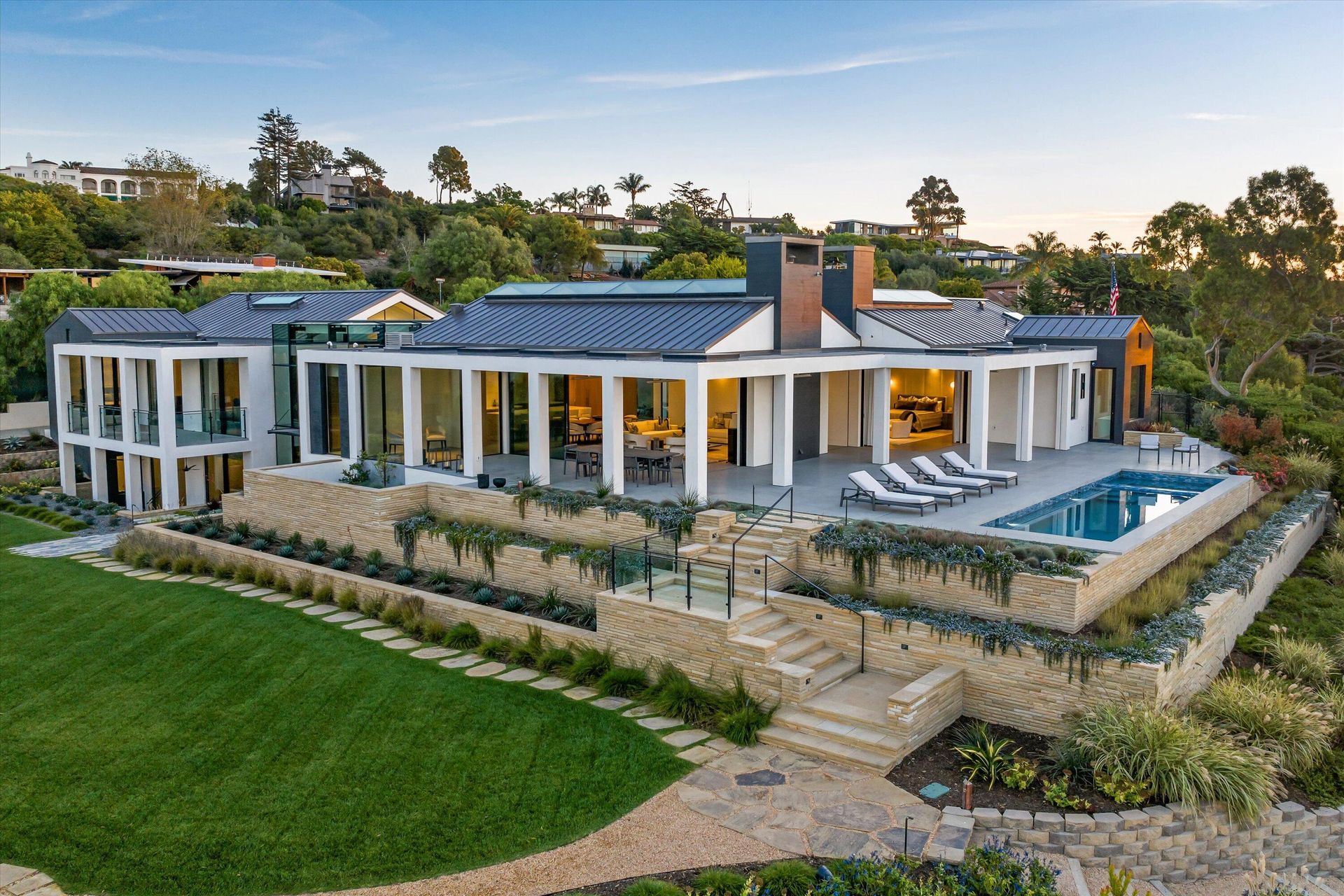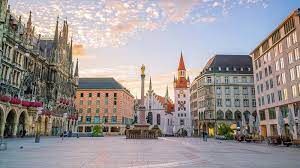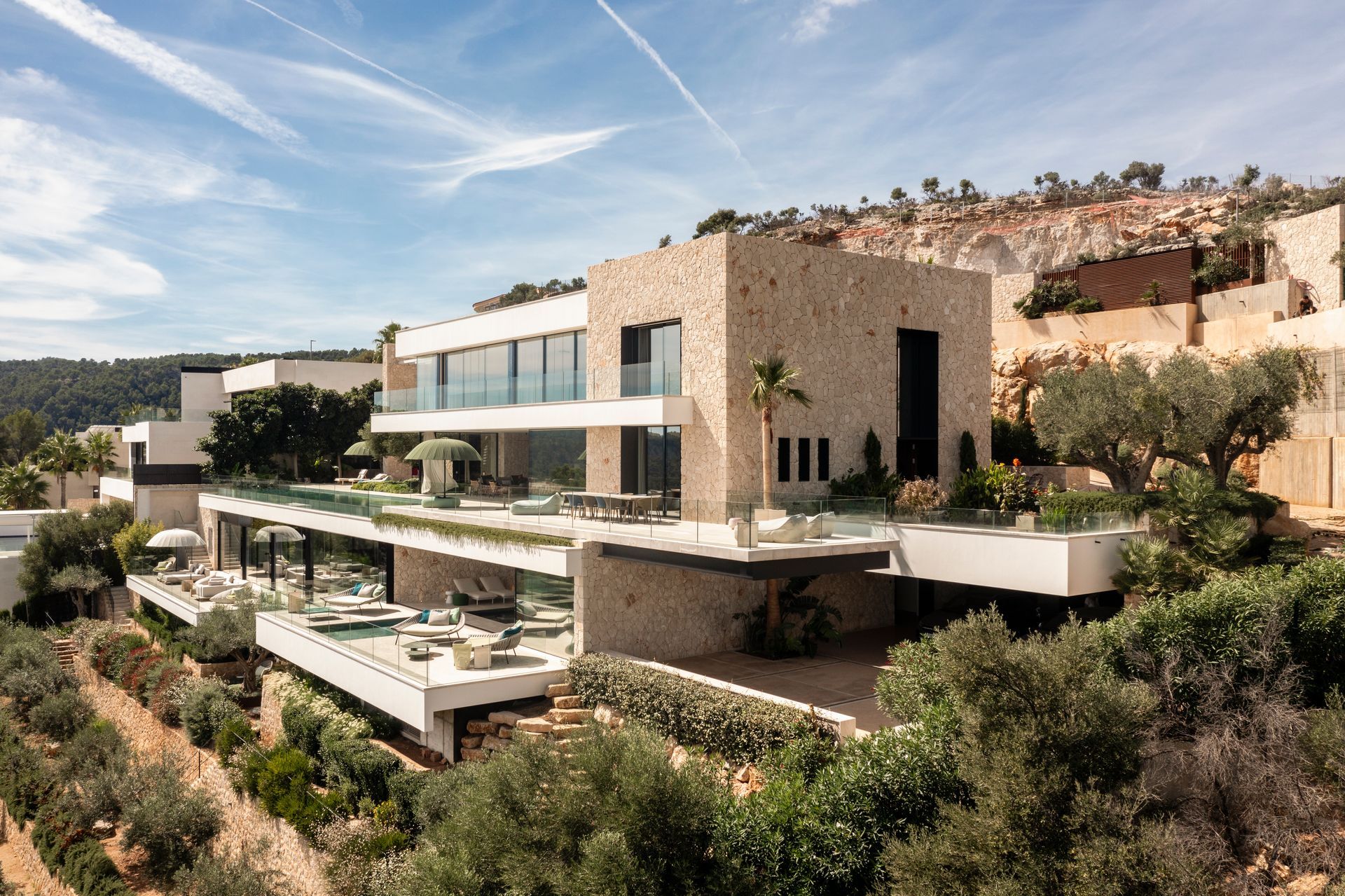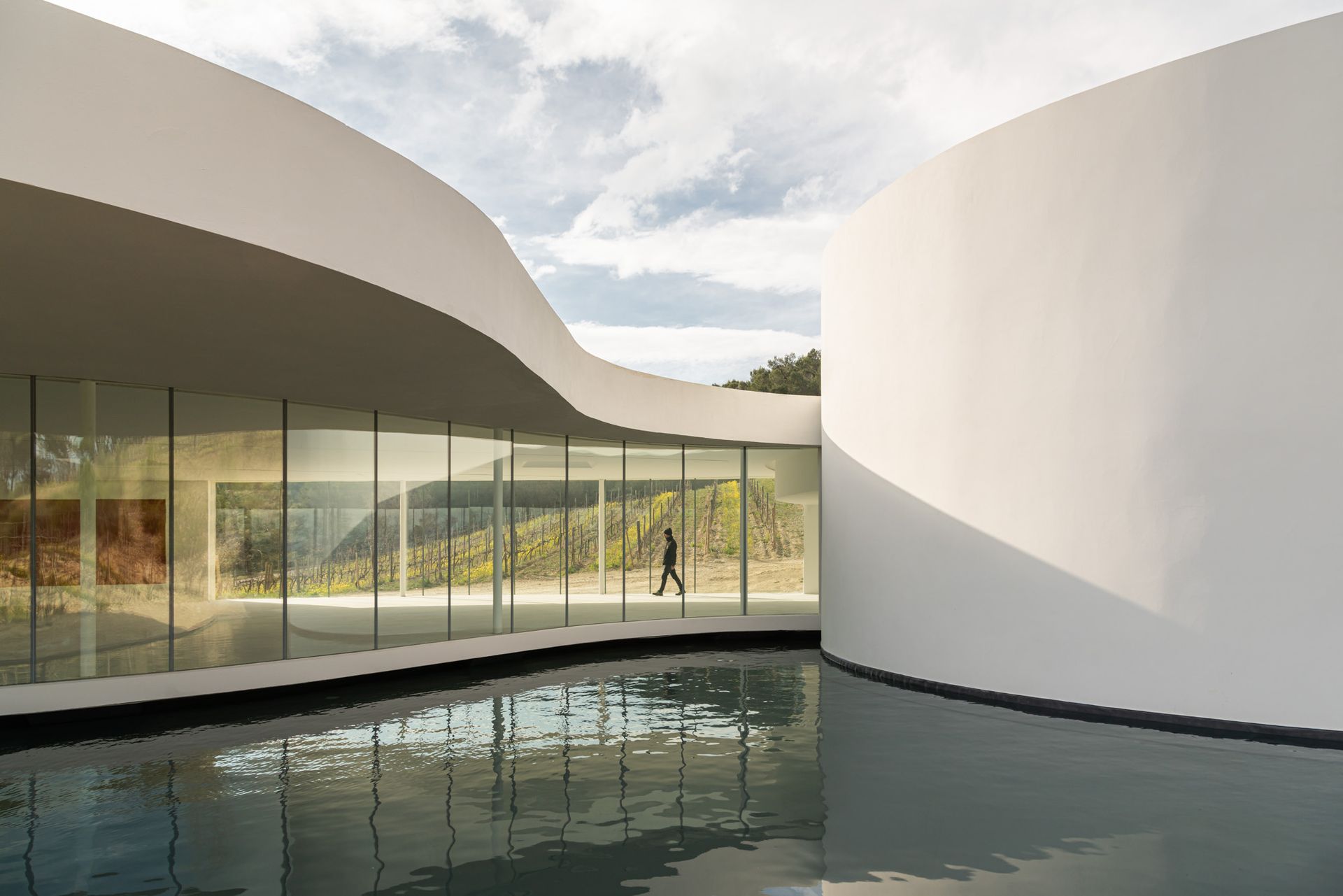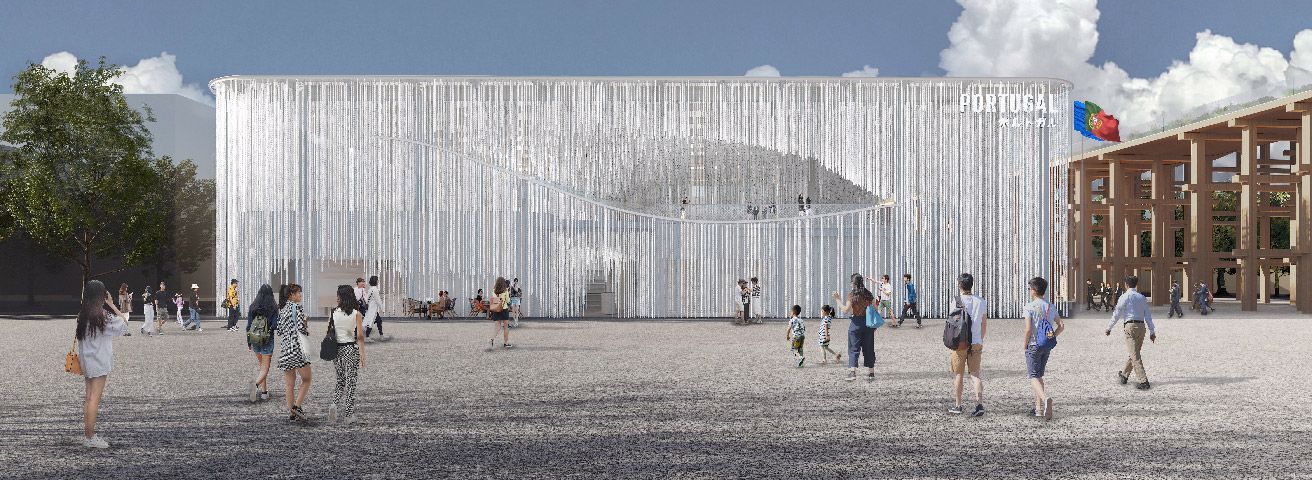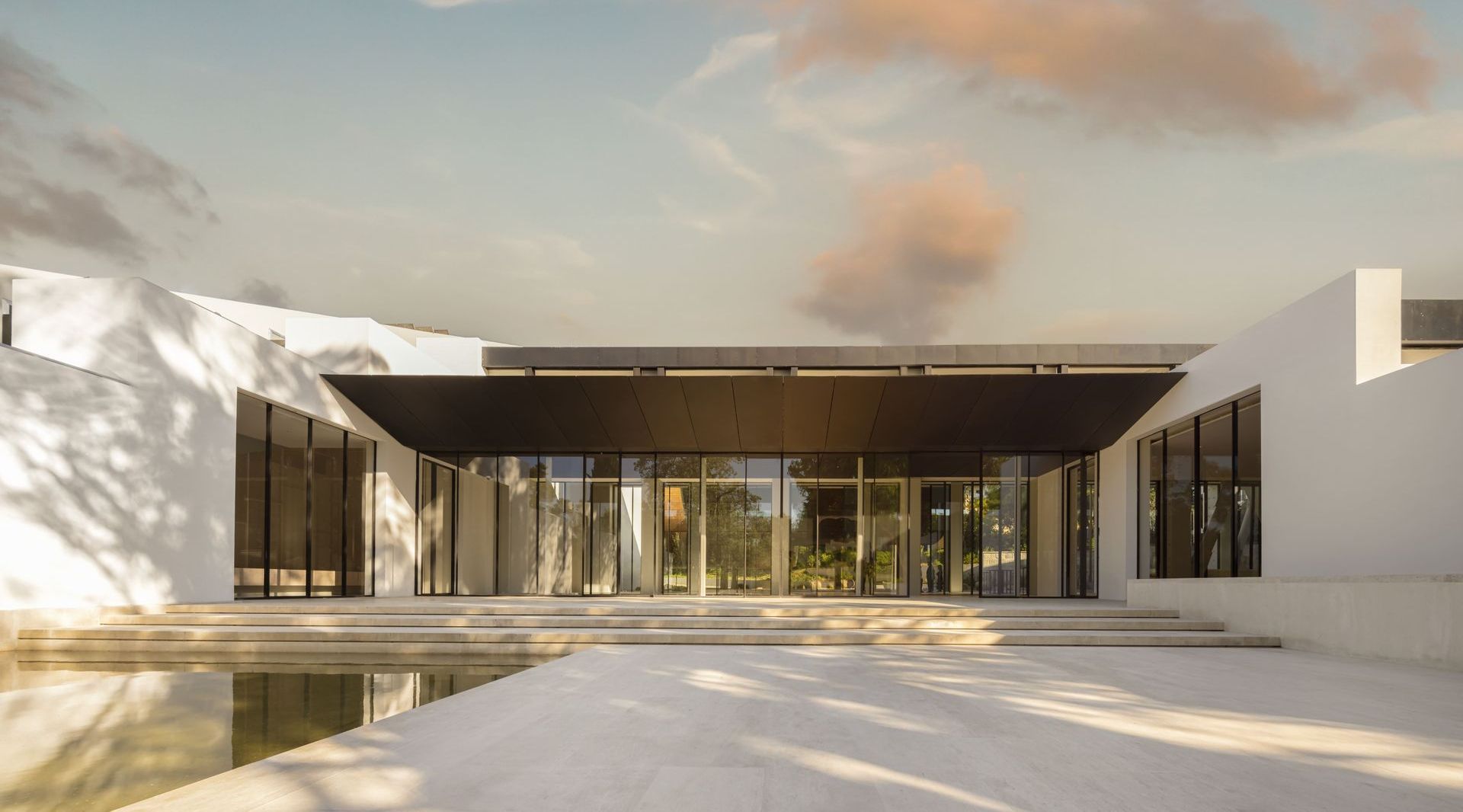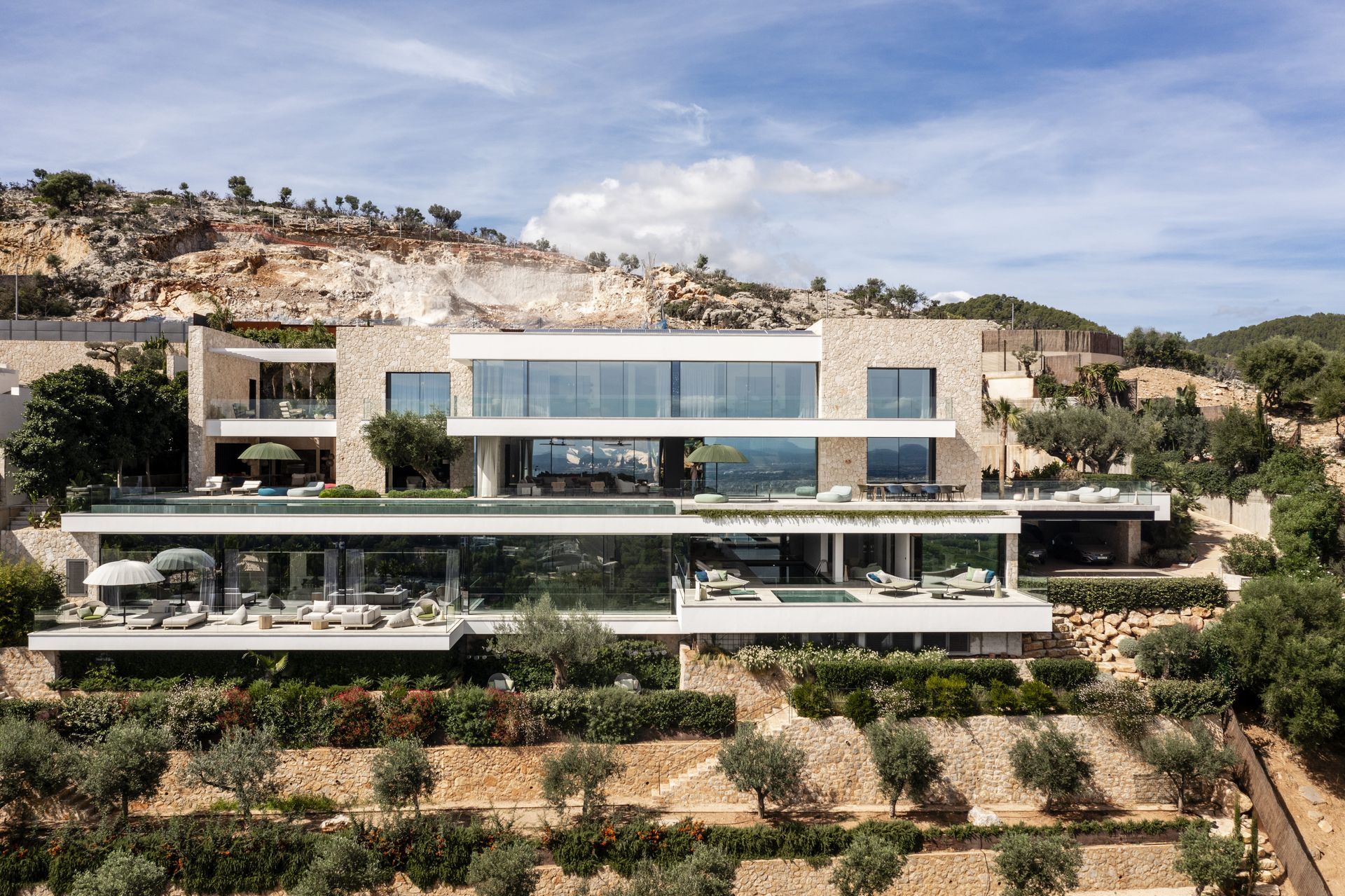Open Day Ecosteel: An open day to showcase the best in art, design and innovation!
Ecosteel was one of the companies participating in Tech@Weeks, an initiative by ANI - National Agency for Innovation that aims at promoting innovation culture, technology and results achieved by several companies in the Portuguese entrepreneurial sector, with these opening their doors so that it can be discussed and experienced in loco their day-to-day. They opened their doors to discuss and provide an in loco experience experience/witness of their daily lives.
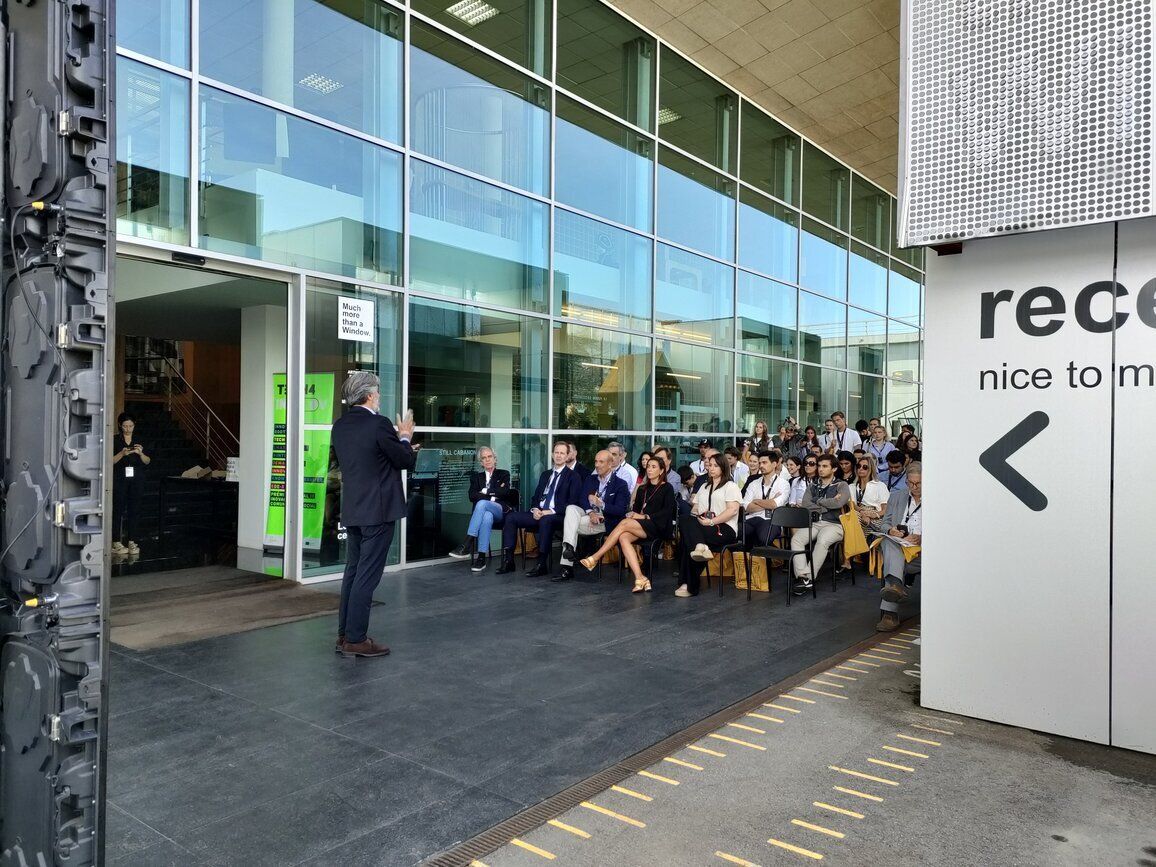
With over 100 participants, this open day at Ecosteel provided moments of great sharing and networking. From students, to representatives from educational institutions and private companies as well as from the medical field, this was an enriching day with constant sharing of skills and knowledge.
The onus to welcome everyone present was on our CEO, José Maria Ferreira, who stated that "companies are places where people should feel good and integrated, and where there should be sharing of experiences and ideas", also noting that "Ecosteel has been seeking new methods of working and hiring", which, when interconnected, boosts the innovative spirit within our company.
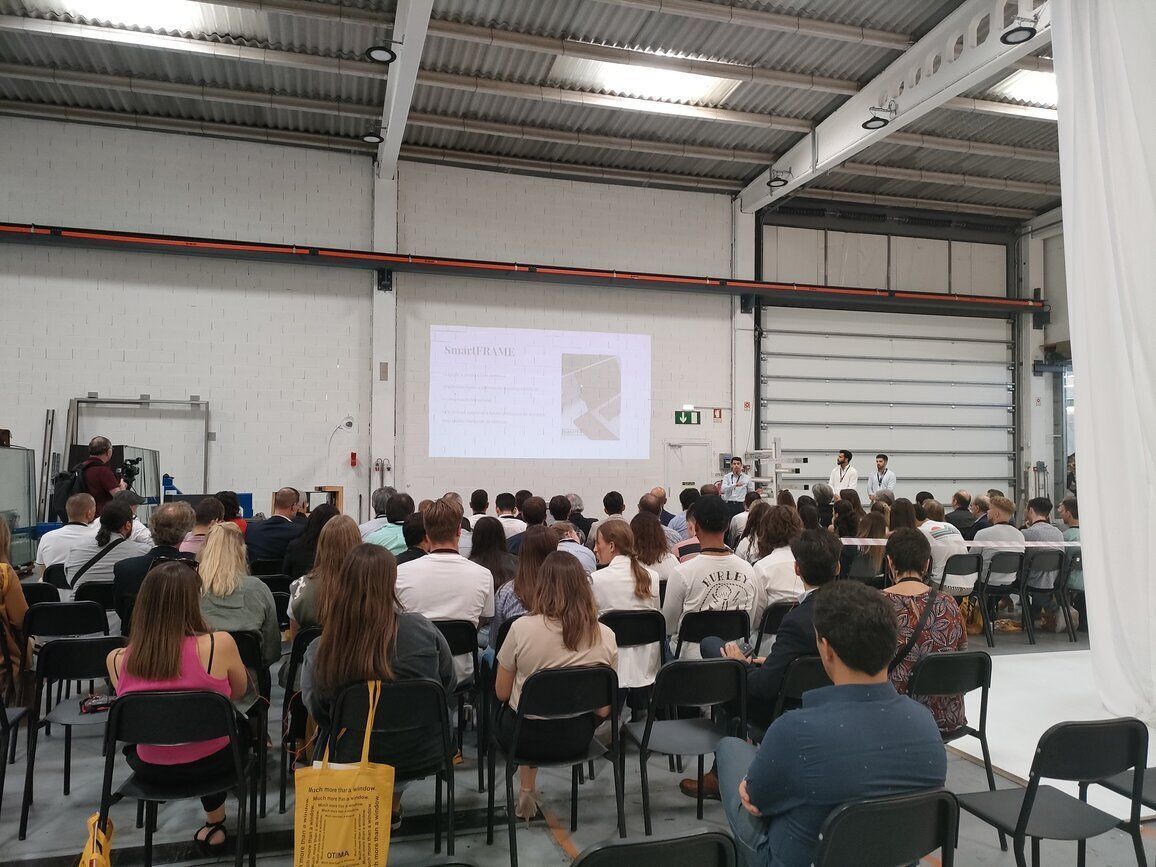
Next was the lecture led by Ricardo Cortês, André Almeida and Mário Molho, three members of the ID&T department who described two of Ecosteel's most recent and innovative projects; the "Fusion 2.0" technology and the "Hidden Lock System", recent winner of the prestigious Red Dot award.
In order to understand how Ecosteel is organized and get to know the space where the "magic" happens, all those present were able to walk through the offices and factory of the company, to understand what the more than 17000m2 of this plant located in Laúndos comprises. In addition, it was also possible to observe, ahead of time, the impressive stand that Otiima will present at Batimat, one of the most important European fairs related to construction.
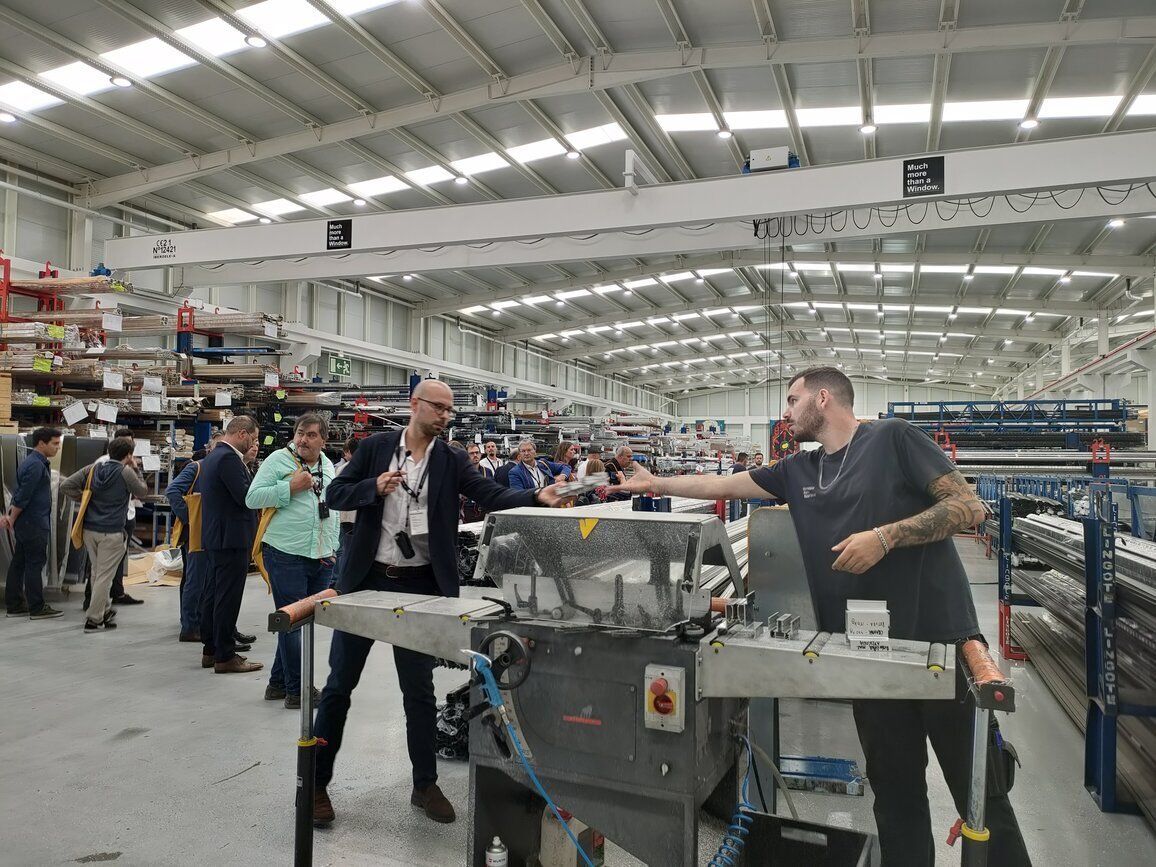
Continuing this Ecosteel Open Day program, and almost at the end, Dr. Pedro da Mata, in a clear and eloquent way, approached the subject of healthy and sustainable buildings, asking the question "has your house been to the doctor?". In a case study of one of his patients he shared some tips on what we should do to keep our homes in good living conditions, this lecture raised great awareness for deep reflection on how we currently live inside our homes.
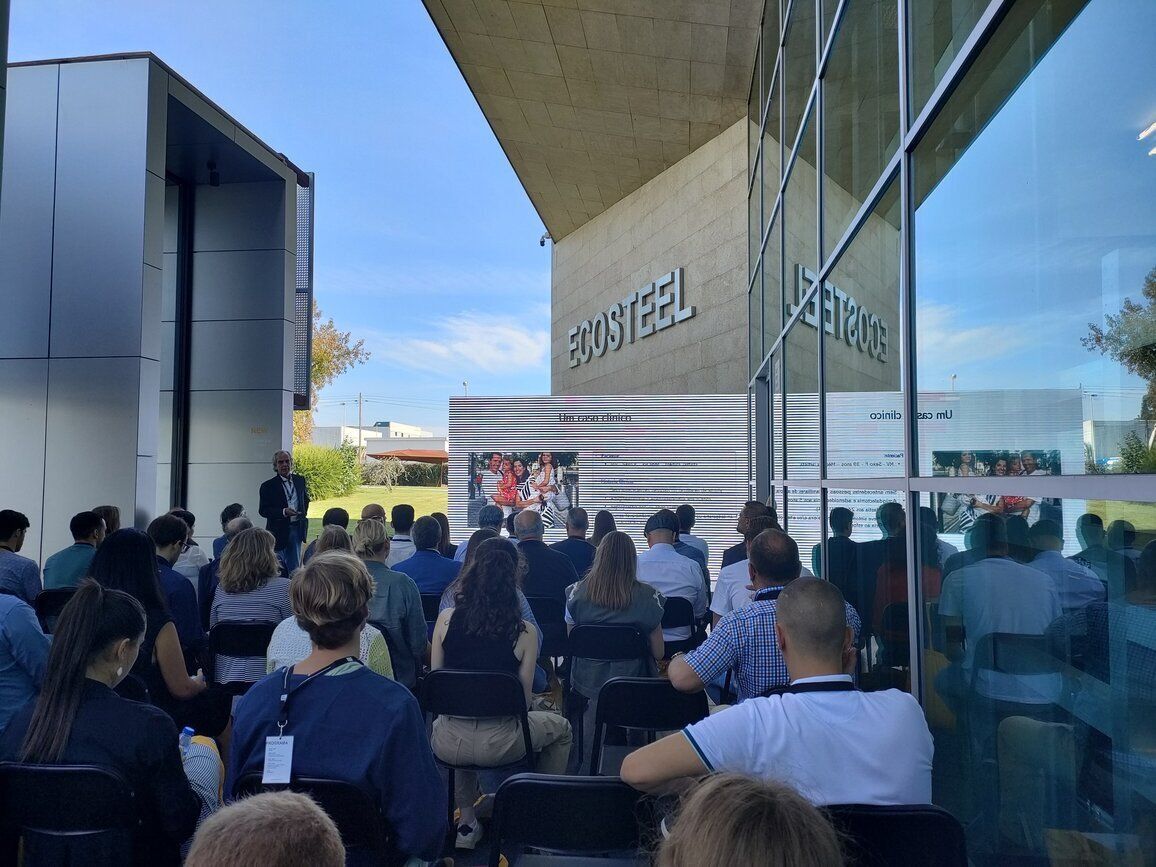
To end the afternoon filled with networking and sharing of experiences and knowledge, the Bigosses food-truck served some snacks and drinks to all those present
We are grateful for the presence of the more than 100 people at the Ecosteel Open Day, and leave our doors open for whenever they want to visit us again.
Thanks also to ANI for the opportunity given to Ecosteel to be part of this event which adds value to national enterprises and enriches all those who participate in it.
Watch the video here:
